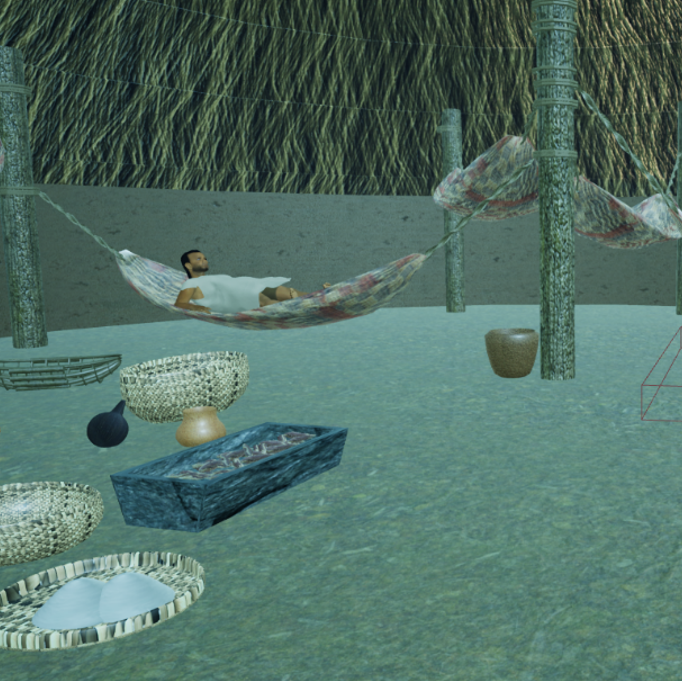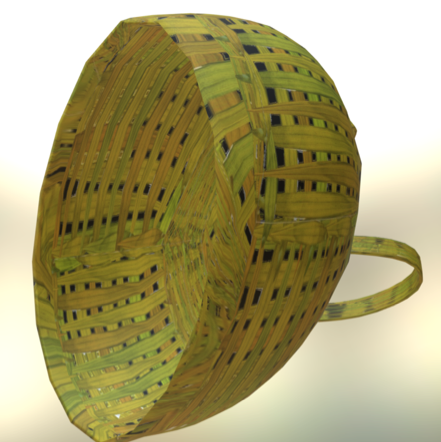
Visualizing the past/
Peopling the past
CIS 106 / ANTH 258 is a highly interdisciplinary course that approaches fundamental issues in Anthropology and Computer Science.
Using an anthropological perspective, this course focuses on the history, theory, and methods of how archaeology and visualizations of the past are created, presented and used in scholarly media (e.g., traditional publications, conference papers, and project databases), and popular culture (e.g., artist’s reconstructions, movies, TV documentaries, museum exhibits, games, the internet, and art), and contemporary computer technology (e.g., 3D modeling, animation, virtual reality, and simulation). From the computer science perspective, the challenge becomes how we can best transform known and incomplete information into engaging digital models and plausible visualizations of a bygone culture and its people. They also learn to use modern 3D modeling tools (such as Audodesk Maya and MotionBuilder) and animation engines (such as Unreal Game Engine).

Assignments
The course assignments include writing essays critiquing popular media depictions of the past, in-class oral presentations with visual aids, 3D model and animation development, and a final project that utilizes contemporary computational tools to explore and visualize culturally relevant artifacts, questions, knowledge, and hypotheses.
Presentations by the instructors include relevant anthropological background materials and tutorials on the computational tools to be used, and the thought processes needed to connect the two. The course material itself is broad and requires additional conceptual integration by the student. To facilitate this process, the instructors use hands-on 3D modeling exercises and visits to the Penn Museum to explore artifact collections through Object-Based Learning.
- Computer applications used for the studio-seminar include:


